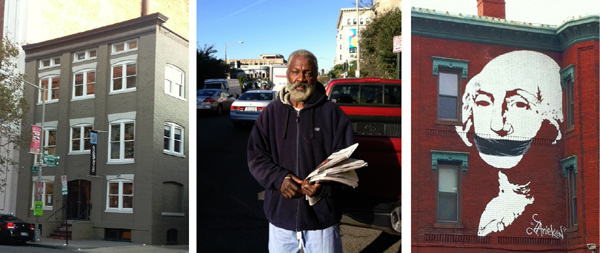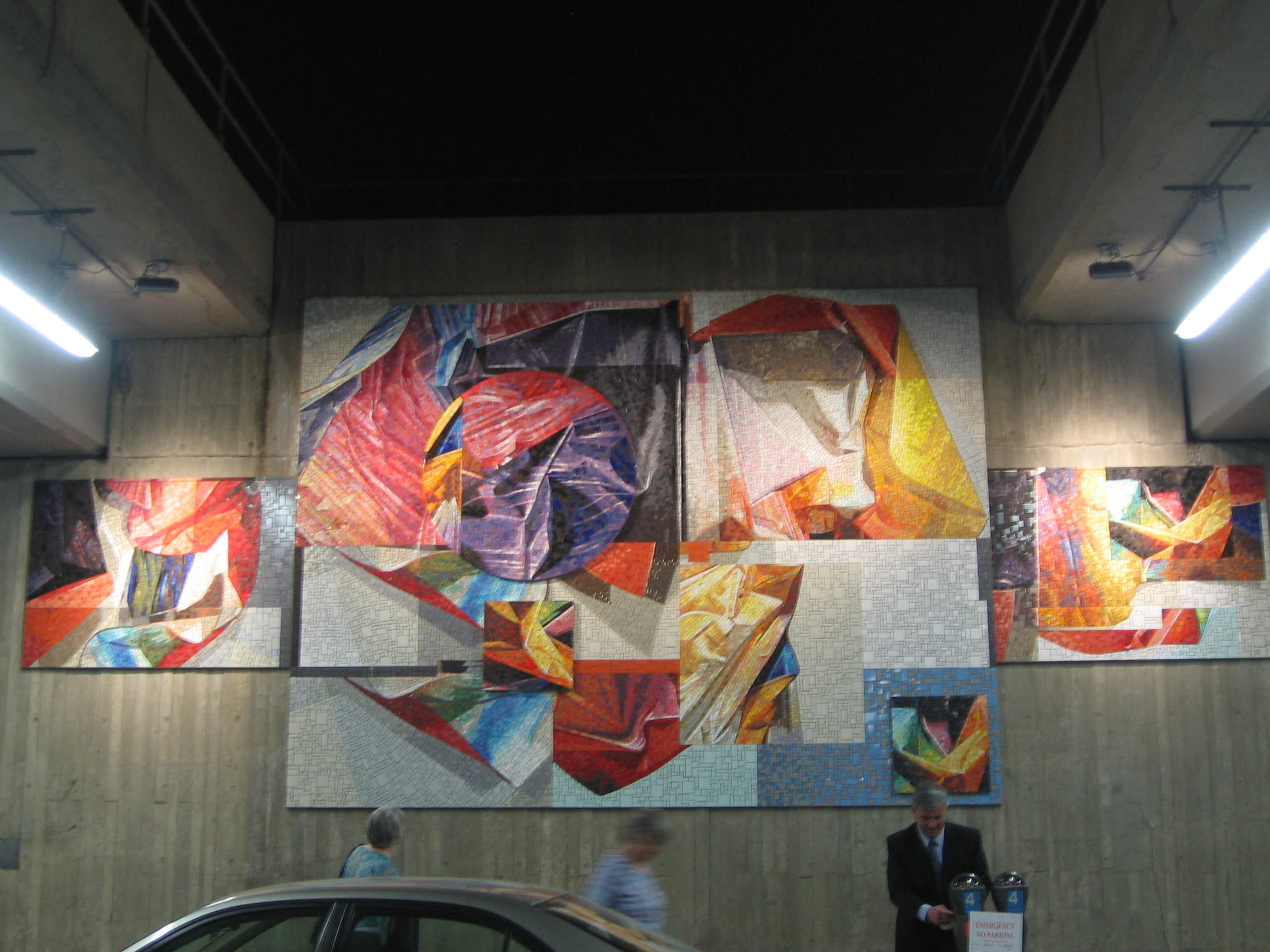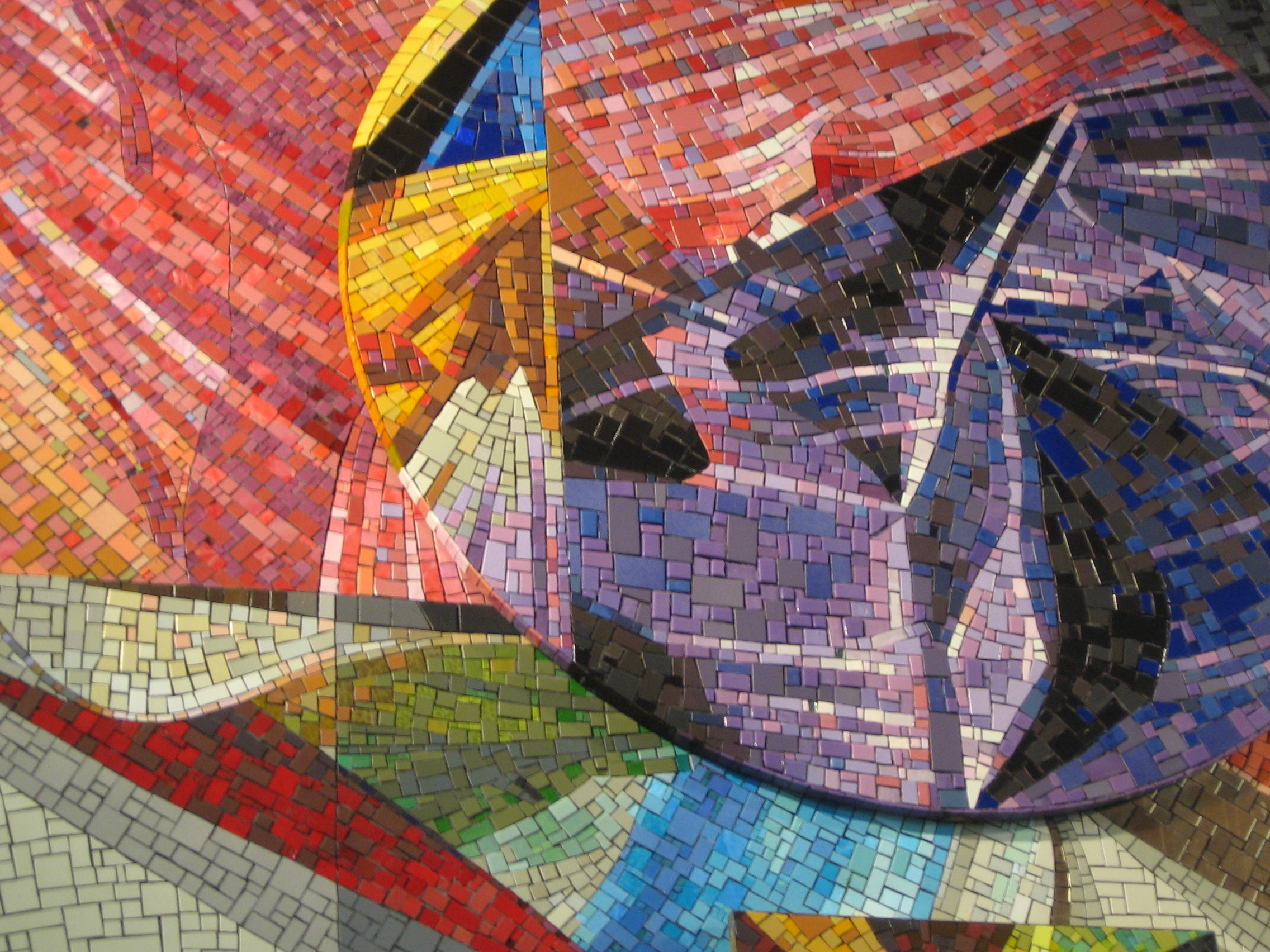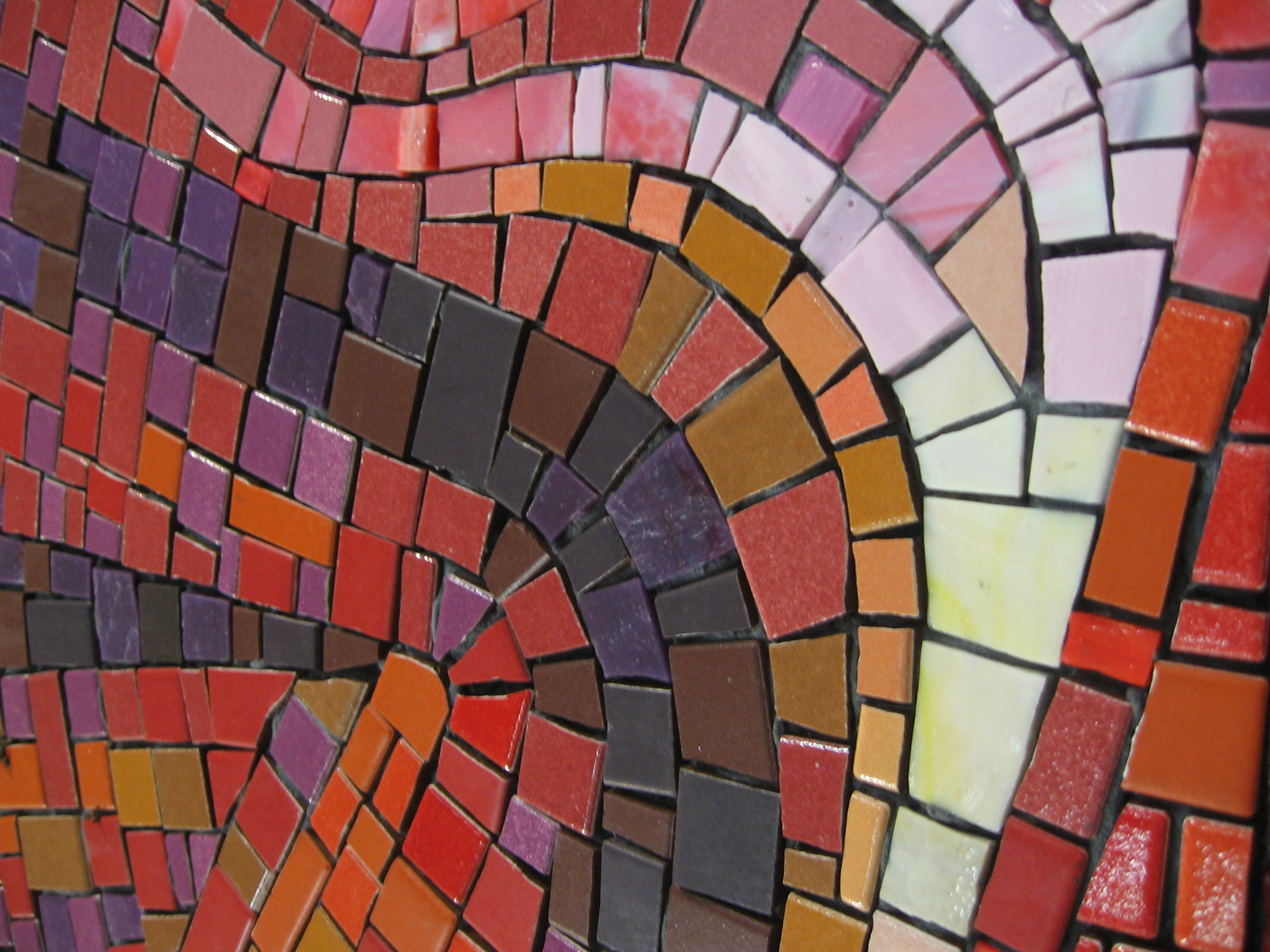Washington, D.C., has always been a great city for walkers–rich with monuments, parks and circles, streets wending gracefully from one vibrant neighborhood to the next. It should come as no surprise that in 2011, Washington was ranked in the top ten most walkable cities in the United States, (seventh), with the Dupont Circle neighborhood coming in as its most walkable neighborhood. For countless people, both in and out of Washington, The Phillips Collection is one of Dupont Circle’s highlights, and for many of us who work at the Phillips, the walk to work through the manifold seasons of the year is a beautiful way to start the day. The walks are varied, both in topography and timbre, provenance and pace.
My days begin with the sun illuminating the tall chimney of Garnet-Patterson Middle School and glancing off the windows of Duffy’s Irish Tavern below. At this time of year, the new cold air paints the sky in morning’s amaranthine waves. I walk the first block down Vermont Avenue and turn right onto U Street, where art abounds in many forms.
The U Street neighborhood is nearly as alive in the morning as it is at night. Duke Ellington grew up here, and I often think of him along this walk and how everyone’s syncopated footfalls, strides, and toe-taps at the corners could play counterpoint to his music. There is a nice mural of Duke Ellington by Byron Peck on the west face of the True Reformer building on U Street, where Duke Ellington had his first paid performance. Across the street, I pass Ben’s Chili Bowl, already filling with customers at the early hour and sometimes snap a picture or two for a tourist. Then it’s past the famed Lincoln Theater to the corner of 13th and U. Here I always glance to the right to admire the peaked rooftops of the old Victorian homes that colorfully line 13th Street.







